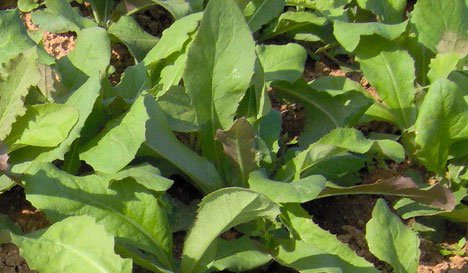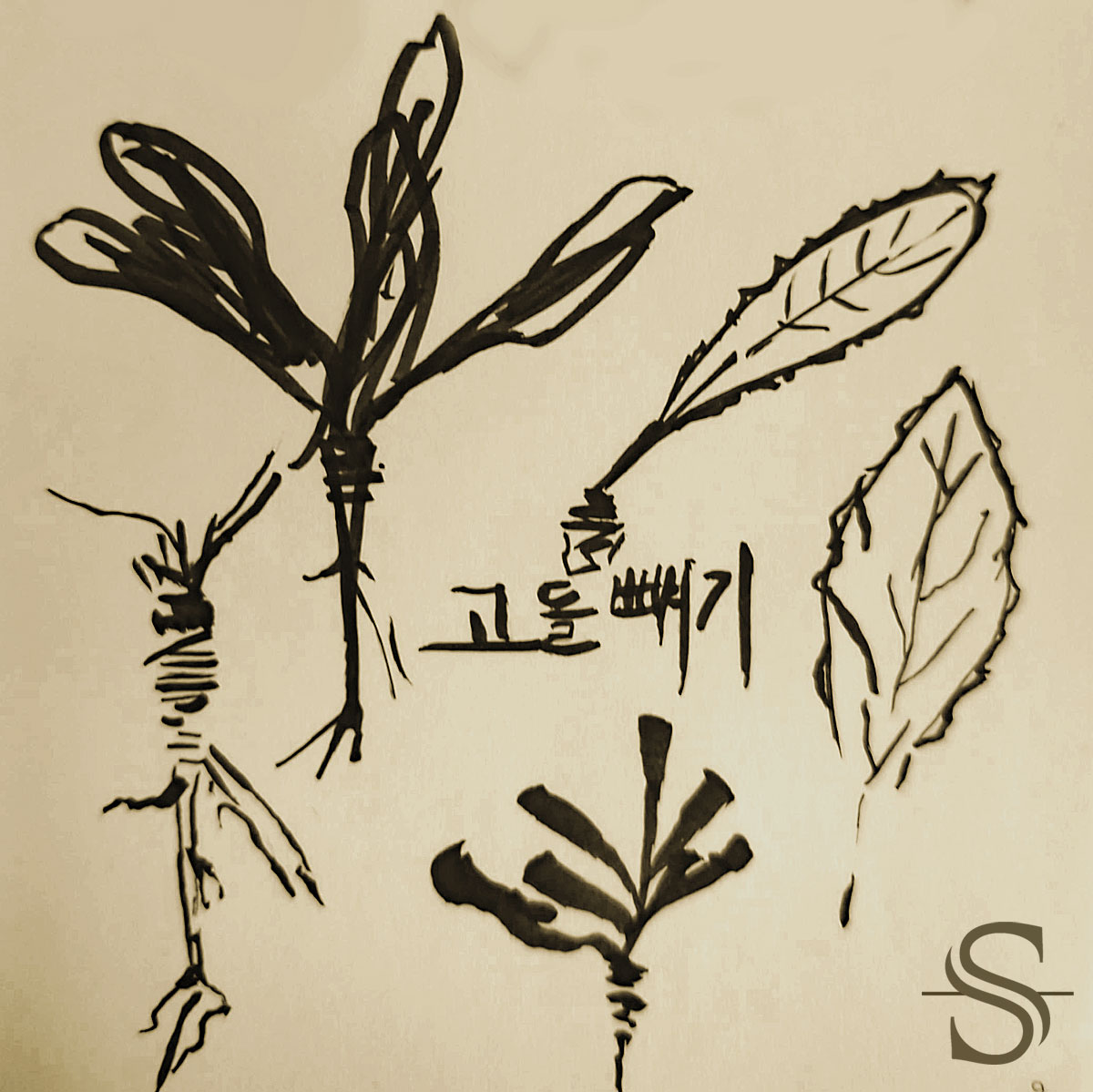Have you ever foraged for food? Depending where you grew up, there may have been obvious plants to forage, maybe seasonal berries, leafy greens, or various other herbs, roots and mushrooms.
At the end of sixth grade, our elementary school class spent a few days at an outdoor school. Amongst the skills we were introduced to was foraging for local native plants. After that, I remember going on hikes with my family, brimming with renewed interest, keeping a keen eye out for the plants I learned of. I can still recall the excitement when I could introduce my family to something edible or medicinal along the trail.
That excitement hasn’t really changed! Unfortunately, I don’t have a lot of personal experience with foraging in the US or living in communities that still forage largely. That’s not to say that there aren’t pockets and communities or regions where it is still valued or prized (if you know one please let us know!).
As a whole, Korea is quite different. Foraging is still a valuable and practiced part of the food culture. There are so many things growing right under our noses, even in the city. So whenever we see someone foraging or gathering something, we pause, observe, and then just ask. The simple but classic, “don’t be shy” method!
We recently ran into a woman who was digging up a plant on the hillside by the walkway. It was a plant we were familiar with seeing, but unfamiliar with using – 고들빼기, or Crepidiastrum sonchifolium. We asked around, but it doesn’t seem to have a ubiquitous English or common name we can pinpoint (we don’t consider “Sonchus-leaf Crepidiastrum” to be a useful “common” name).

It is a biennial plant belonging to the Asteraceae family, a native to Korea, China, and Mongolia. Like many of the traditionally foraged crops in South Korea, there are also farms that specialize in cultivating it.
Farms aside, it grows in the mountains, near fields, in pastures, on hillsides, in the understory; basically anywhere that a weed can grow. It’s partially for that reason we initially assumed it was a type of dandelion or thistle, especially given its leaf shape. If left to its own designs, the some can grow about a yard/meter tall and feature small, yellow flowers. To make it a little more confusing, there are two fairly distinct types that are most common here, each with different leaf shapes and characteristics.
Food-wise, it’s not just the greens that matter though. When we asked the forager about what she was gathering, she said, “take a look,” and we realized that there was a small, white root attached. It’s shape is similar to a small carrot or ginseng. That part, she told us, is used for traditional side dishes.

After becoming aware of it and learning what it was, we noticed it more around town, saw it at the local Fresh Market, and realized it was an ingredient in a seasonal side dish available at another local shop. Of course, we had to try it.
In terms of dietary impact, it contains fiber and essential vitamins, including vitamin A, C, and K, and is rich in minerals like calcium, potassium, and magnesium. We have been told that it has antioxidants, and is also good for digestion.
In order to prepare it to eat, the young leaves are soaked, flavored, and eaten like kimchi as a side dish. We can definitely attest to its earthy bitterness, but blanching must have taken the bite out of the bitterness because it was not overpowering. Evidently, the history of its use dates back to the royal court. Here’s a recipe and example of the dish (in Korean).
We love being able to find food as we just walk around, so this was a great find! We also like that the foraging culture lives on, and no one bats an eyelash. Furthermore we think there is a lot of value in native foods that are easy to cultivate, hearty, and naturally resilient. The dish we tried is healthy and accompanies a traditional Korean meal quite well, and likely has other recipes that we will continue to uncover. As a bonus, it was growing right under our noses the whole time!
We plan to document several other commonly foraged plants in Korea. Until then, I wonder if you can find 고들빼기 in your locale? What other types of plants might you forage? Maybe miner’s lettuce, mustard, sage, purslane, or mint? Wild onions, berries, or something even rarer?

